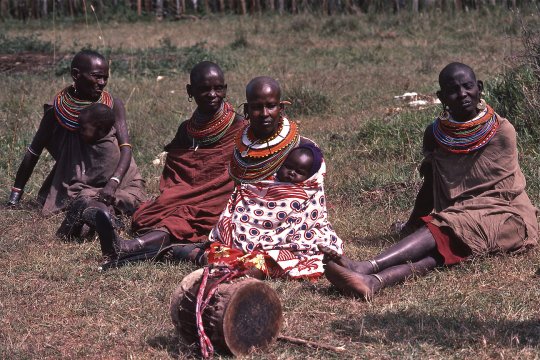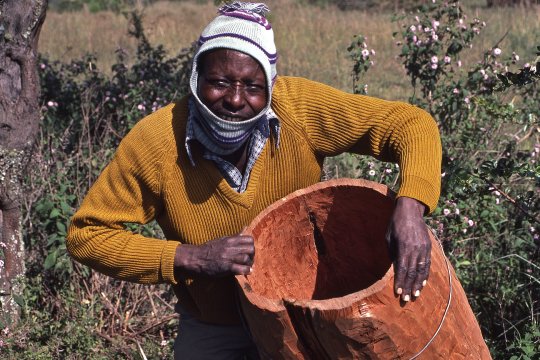|
John Tyman's Cultures in Context Series AFRICAN HABITATS : FOREST, GRASSLAND AND SLUM Studies of the Maasai, the Luhya, and Nairobi's Urban Fringe |
|
|
|
|
|
John Tyman's Cultures in Context Series AFRICAN HABITATS : FOREST, GRASSLAND AND SLUM Studies of the Maasai, the Luhya, and Nairobi's Urban Fringe |
|
|
|
|
 |
| 489. As in Europe and America most of the pews are occupied by women, and they do much of the “outreach” work. These women walk from village to village to sing hymns and share a Gospel message. |
 |
| 491. He was also keen to show me the bee-hive he had made to provide honey for his children, challenging the age-old prejudice that decreed that this was a job for aboriginal hunter-gatherers only. |

![]()
Text, photos and recordings
by John Tyman
Intended for Educational Use
Only.
Contact Dr. John Tyman at johntyman2@gmail.com
for more information regarding
licensing.
![]()
www.hillmanweb.com
Photo processing, Web page layout,
formatting and hosting by
William
Hillman ~ Brandon, Manitoba ~ Canada